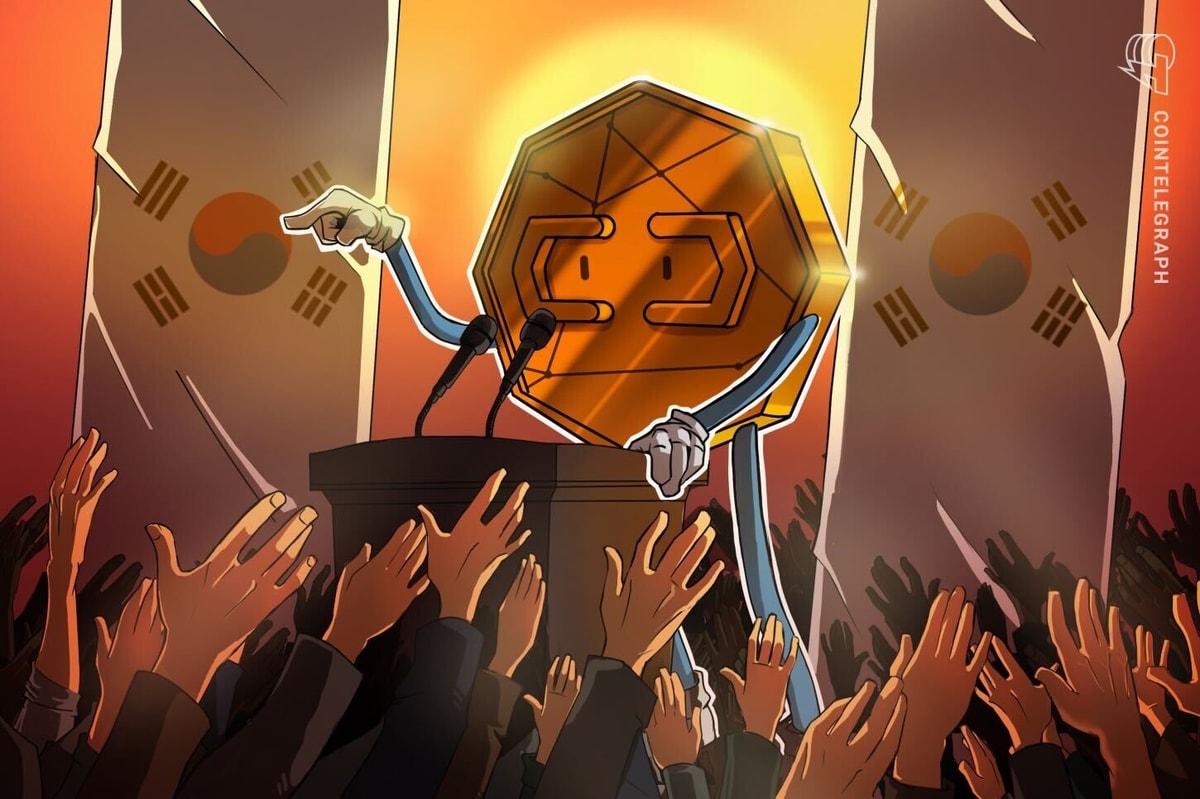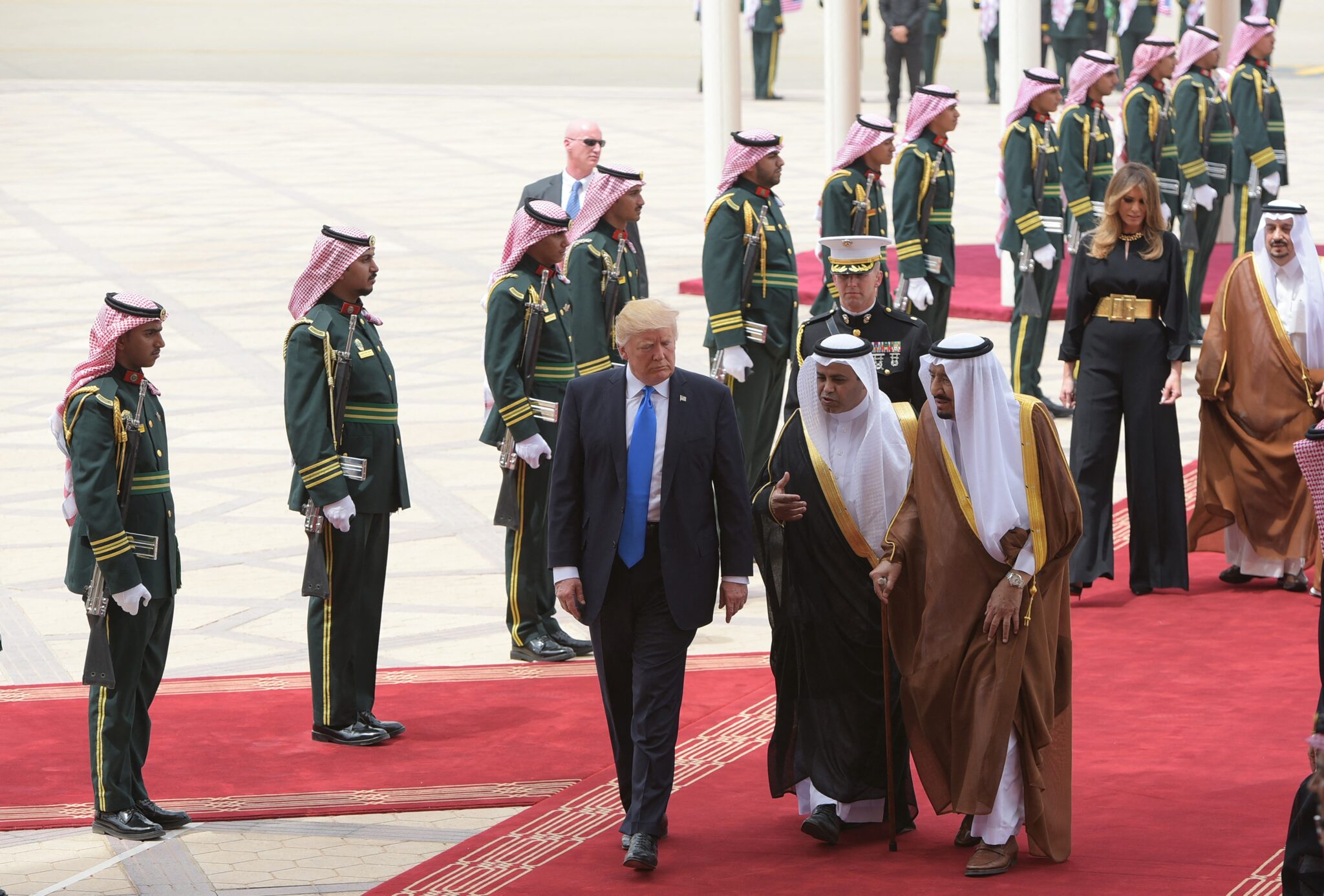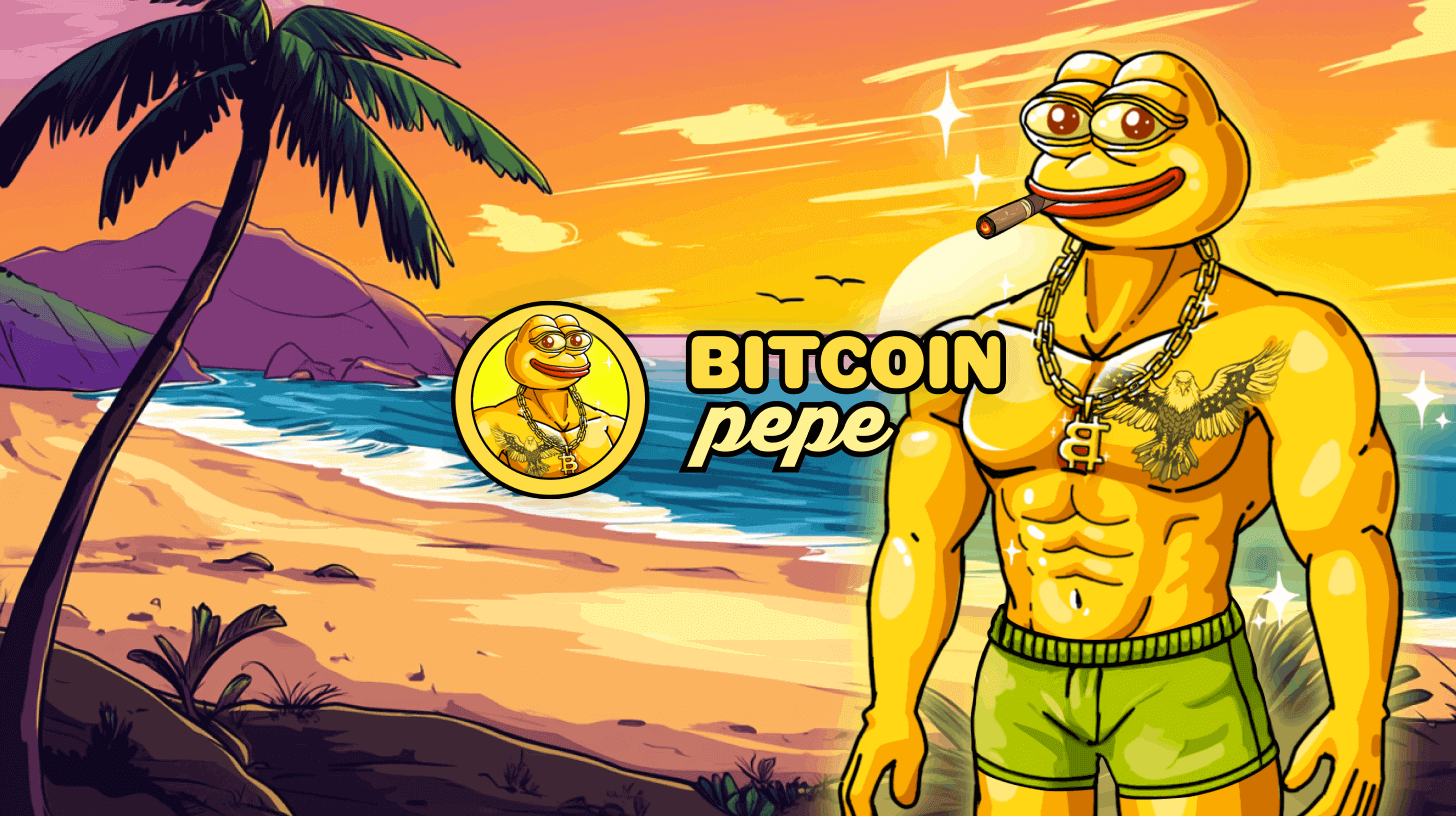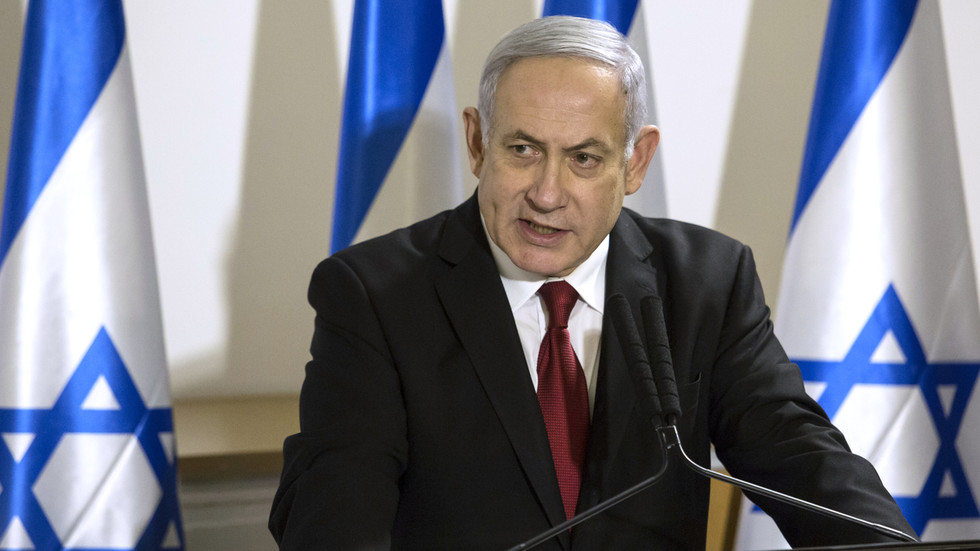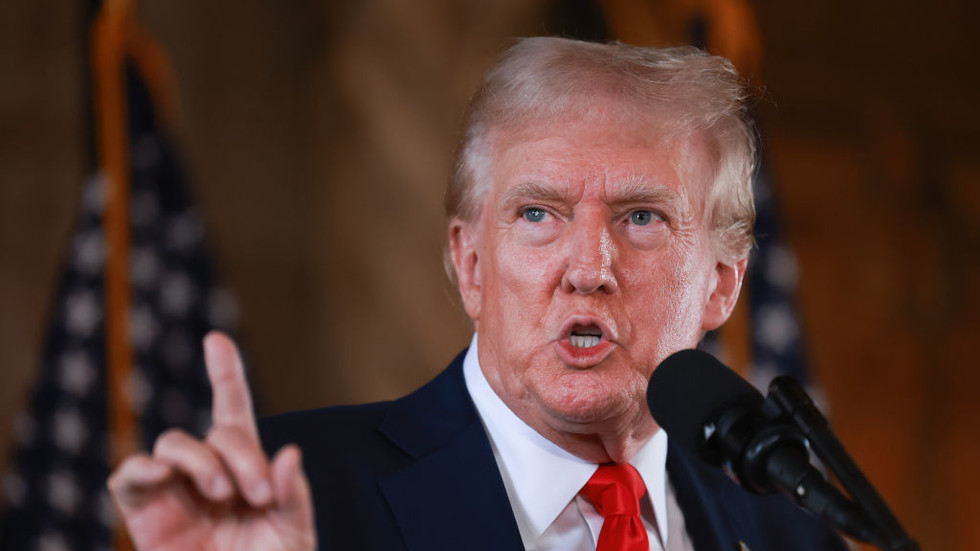Brazil’s Filipe Toledo and American Caroline Marks will look to defend their crowns when surfing’s world championship tour kicks off in Hawaii this week, with the 2024 Olympics in the pristine tubes of Tahiti also looming for top contenders.
The nine-stop tour starts with a bang at Pipeline, where the powerful waves and shallow reef have often intimidated and occasionally injured some of the world’s top surfers over the years.
“That’s like the arena of all arenas. If you can perform at Pipeline…the respect and admiration you get from your peers, that’s what you want to achieve,” Olympic gold medallist and five-time world champion Carissa Moore said.
But while this year’s tour has much to look forward to, including a crop of talented newcomers and the return of Fiji to the list of venues, some absent stars, criticism over competition changes and the lack of a permanent leader for the governing World Surf League (WSL) has prompted questions about where the professional sport is heading.
Moore announced this month she was taking a break from competitive surfing after the Pipeline contest but would still surf in the Olympics. Days later, Australia’s eight-time world champion Stephanie Gilmore said she was taking a year off the tour to refresh herself and surf some new places.
“I’m still passionate and dedicated to competing, and I have goals and dreams that I’m still chasing – I’m excited for something fresh this year and I look forward to returning to competition in 2025,” Gilmore said on Instagram.
Surf historian Matt Warshaw said while the WSL had done some good things including introducing equal pay for women and improving the quality of its broadcasts, a number of missteps around formats, judging and venues had alienated many fans.
“It has gotten to the point where it’s harder and harder to laugh it off or ignore it. People are sitting here waiting for whatever the next iteration of what the pro tour is going to be,” he said.
Holding the one-day finals event for three years running in the gentle waves of Trestles in Southern California – where Toledo is almost unbeatable – rather than a wave of consequence like Pipeline, was the biggest “stick in the eye” for surf fans, he said.
“Continuing to keep deciding the world title at the same, B-grade surf break that is below what these surfers deserve…gosh, there’s nothing to recommend that,” Warshaw said. “You want to decide the title in waves that are challenging for the surfers.”
The WSL did not immediately respond to requests for comment. Last year, it said Trestles had been a reliable, fair playing field to decide the world title.
The governing body, owned by billionaire Dirk Ziff and his wife Natasha for more than a decade, has been without a permanent CEO since Erik Logan suddenly departed without explanation during an event in Brazil in June.
Deciding an Olympic surfing champion this year is likely to be a very different proposition than the WSL Finals at Trestles.
The heaving barrels of Teahupo’o in Tahiti, where the Olympics will be held, are regarded as among the most dangerous and technically difficult in the world.
Favourites for the events are the top-flight WSL surfers, such as tube-riding experts like Hawaii’s John John Florence, and Australians Jack Robinson and Molly Picklum, while local Tahitian qualifiers Vahine Fierro and Kauli Vaast will also be among the favourites.
2024 WSL WORLD CHAMPIONSHIP TOUR SCHEDULE
Banzai Pipeline, Hawaii, USA: Jan. 29 – Feb. 10
Sunset Beach, Hawaii, USA: Feb. 12-23
Peniche, Portugal: March 6-16
Bells Beach, Victoria, Australia: March 26 – April 5
Margaret River, Western Australia, Australia: April 11-21
MID-SEASON CUT
Teahupo’o, Tahiti, French Polynesia: May 22-31
Punta Roca, El Salvador: June 6-15
Saquarema, Rio de Janeiro, Brazil: June 22-30
Paris 2024 Olympics, Teahupo’o, Tahiti July 27 – Aug. 5
Cloudbreak, Fiji: Aug. 20-29
WSL Final 5 Trestles, San Clemente, California, Sept. 6-14
#SurfingPipeline #kicks #surfings #world #tour #Olympics #loom





